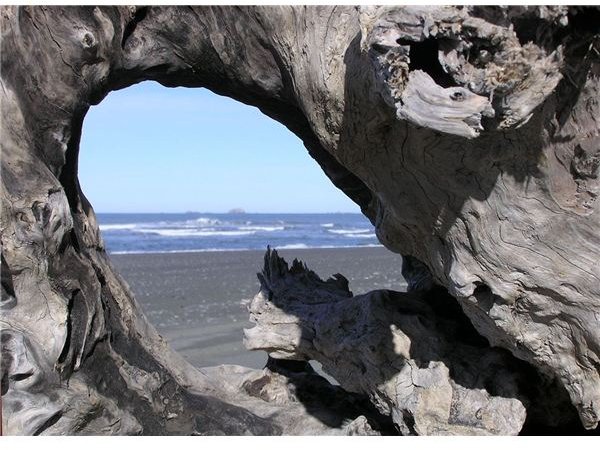Framing Your Subject - Photography Composition Techniques
This article belongs to a series of photography composition techniques. To start from the beginning, please refer to The Big Picture – Photography Composition Techniques.
There are endless choices when deciding on what to use as a frame, all you need is a little imagination and observation. When possible, a frame should correlate with the point of interest. For example, finding a gnarled piece of driftwood that’s been washed to shore would make an excellent natural frame for the ocean.
(Click on images to enlarge)
Photo by TooFarNorth
Depth of field should be considered when framing a subject. Would your photograph look better with the frame or subject in focus, or maybe both? The above image shows the gnarled piece of driftwood in focus, while the ocean is out of focus. It’s effective because the frame is interesting. Notice how your eyes naturally fall on the frame itself. Alternatively, a photograph may benefit by having the foreground (the frame) out of focus, while the subject is in focus.
Photo by aurevoirkatie
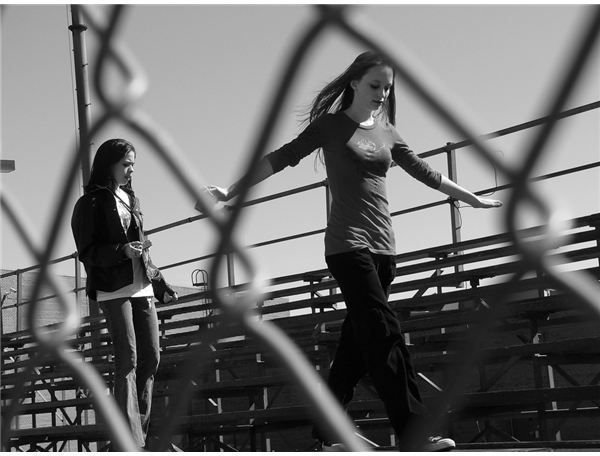
As with all compositional techniques, framing doesn’t have to be used in a specific way to get great results. A frame doesn’t necessarily need to completely surround the subject, nor does it need to be in the foreground. The following image is an example for both; its frame is in the background from the subject and it doesn’t frame the subject entirely.
Photo by johnnyalive

When deciding on a frame, think about using other composition techniques to further enhance your photo, such as contrast, texture and shape. Combining these elements can produce spectacular results. Furthermore, using a frame that is darker than the subject will draw more attention to the subject.
Photo by Leahcim
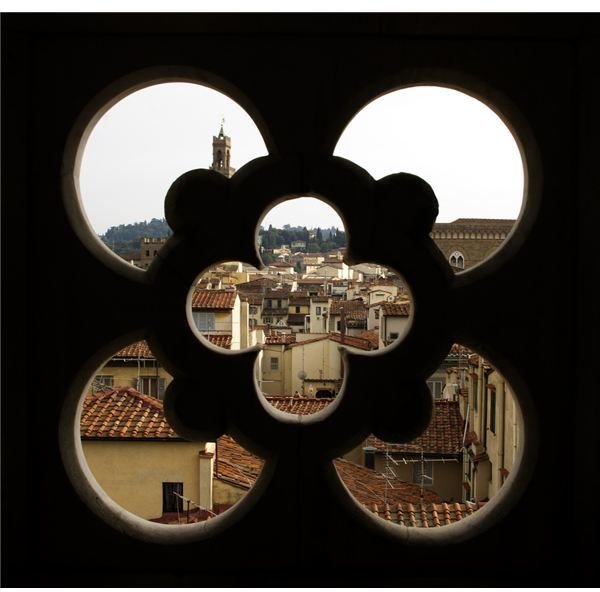
Photo by dchou0123
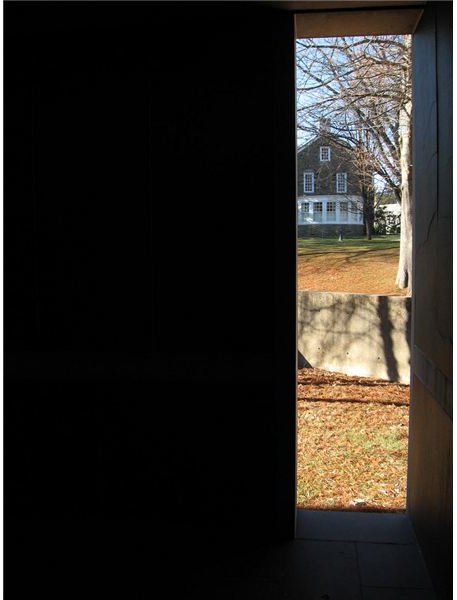
To assist in getting your creative juices flowing, consider the following elements to be used as frames: windows, doorways, tunnels, trees, branches and fences. There are no limits as to what you can do with framing. Keep an open mind and an open eye.
Photo by maz hewitt
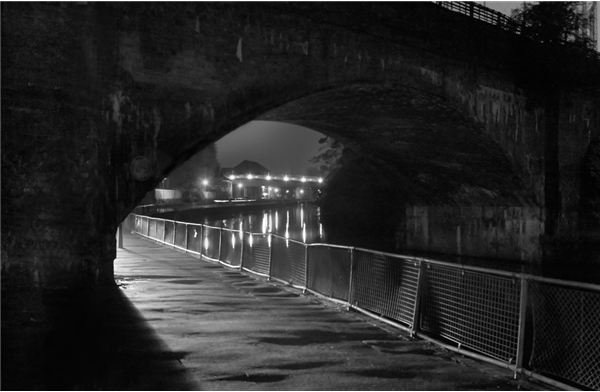
Photo by Foot Slogger
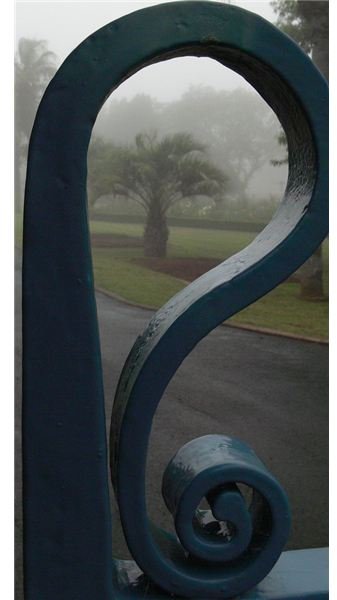
This post is part of the series: Photography Composition
To take the best photos, there are many different photographic composition techniques you need take into consideration. This article series on photography composition will provide you with guidelines, tips and techniques to help you learn how to take better photos.
- The Big Picture – Photographic Composition Techniques
- Give Them Space - Photography Composition Techniques
- Capture Photos from Different Angles – Photography Composition Techniques
- Don’t Forget to do a Background Check - Photography Composition Techniques
- Contrast - Photography Composition Techniques
- Fill Your Frame - Photography Composition Techniques
- Framing Your Subject - Photography Composition Techniques
- Making Use of Lines – Photography Composition Techniques
- Rule of Thirds - Photography Composition Techniques
